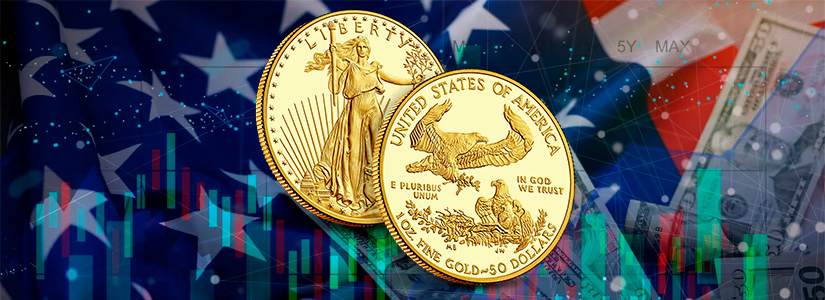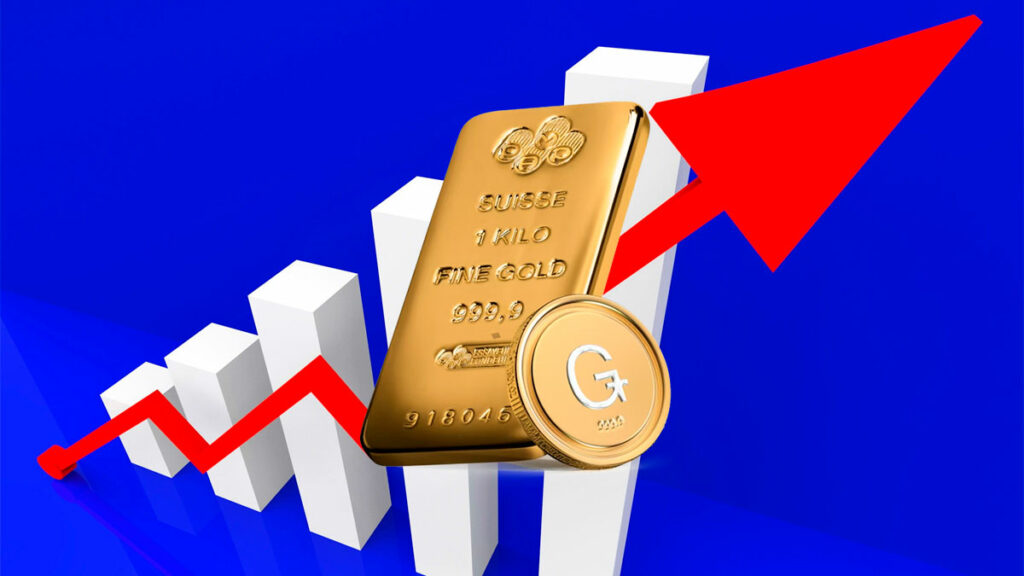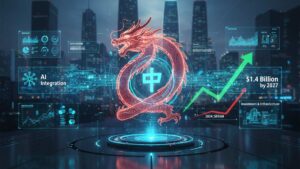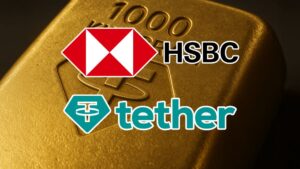TL;DR
- Market Capitalization Surge: Tokenized gold has surpassed a $1.5B market cap as rising gold prices (over $3,000/oz) boost demand for digital assets.
- Blockchain Enhancements: Tokens like Tether Gold (XAUT) and Paxos Gold (PAXG) offer fractional ownership, real-time tracking, and improved liquidity versus traditional gold investments.
- Transforming Finance: With governments and corporations exploring gold tokenization—and experts like Don Tapscott touting its potential—blockchain may redefine the $13 trillion gold market.
The market capitalization of tokenized gold has soared past $1.5 billion, reflecting growing investor interest in blockchain-based assets. This surge comes as gold prices reach historic highs, surpassing $3,000 per ounce, driving demand for digital representations of the precious metal.
Leading tokenized gold assets, such as Tether Gold (XAUT) and Paxos Gold (PAXG), have gained traction among investors seeking a more efficient and transparent way to trade gold. These blockchain-based tokens offer fractional ownership, real-time tracking, and enhanced liquidity compared to traditional gold investments.
Blockchain’s Role in the Gold Market
Blockchain technology is revolutionizing the gold industry by addressing long-standing inefficiencies in storage, trading, and verification. Unlike physical gold, which requires secure vaults and complex logistics, tokenized gold enables seamless transactions on decentralized networks.
Don Tapscott, co-founder of the Blockchain Research Institute, has emphasized the transformative potential of tokenized gold, arguing that blockchain can modernize the $13 trillion gold market. He questions why gold is still stored in vaults as it was in the 1800s while digital assets like Bitcoin and Stablecoins have embraced blockchain technology.

Governments and Corporations Explore Gold Tokenization
The momentum behind tokenized gold has extended beyond private investors, with governments and corporations exploring its potential. The U.S. government is reportedly considering tokenizing its gold reserves, a move that could enhance transparency and accessibility.
Meanwhile, geopolitical rivals China and Russia are rumored to be developing gold-backed stablecoins, potentially challenging the dominance of the U.S. dollar in global trade. With an estimated 50,000 tonnes of combined gold reserves, these nations could leverage blockchain technology to introduce a new gold-backed digital asset.
The Future of Gold in a Digital Economy
As financial markets evolve, tokenized gold is emerging as a bridge between traditional and digital finance. While gold has historically been a safe-haven asset, its integration with blockchain could unlock new investment opportunities and reshape global monetary systems.
With increasing adoption by governments, corporations, and retail investors, tokenized gold may soon become a mainstream financial instrument. Whether through stablecoins, decentralized exchanges, or government-led initiatives, blockchain is poised to redefine how gold is traded, stored, and valued in the modern economy.










